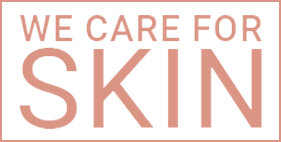Most people have experienced breakouts, zits, and pimples during their teens. These can be extremely frustrating especially for adolescents who are more conscious about how they look.
Teen acne is one of the most problematic stages of one’s adolescent life. Due to hormone changes, it is common for teens to develop acne.
Acne is a condition that appears as various types of bumps, which can be blackheads, whiteheads, pustules, nodules, cysts, or pimples. The condition is chronic and can start during adolescence. In some people, they disappear as they reach adulthood, but for others, it can last for years.
Thankfully, acne treatments are available. Though at-home remedies are available, such as popping the pesky pimple, drying the acne out by not using a moisturizer, and over-exfoliating, these remedies may cause more harm than good.
Consulting with a dermatologist for effective, safe, and proper treatments is crucial to managing acne breakouts.
Acne on Teenagers
Acne mostly appears in teens due to puberty and hormonal changes. In the Philippines, the Research Institute for Tropical Medicine (RITM) reports that acne is the most common skin condition, affecting about 17 million Filipinos. A majority of those affected with acne are teenagers between 10 and 18 years old.
Teens are particularly vulnerable to the negative effects of acne. In one survey, about 71 percent of teens who have had acne felt that the condition has negatively impacted their body image and attractiveness. Meanwhile, 67 percent said they experienced lower self-esteem due to acne.
Also, in the social media era, about half of the teens in the survey said social media makes having acne more difficult. About 45 percent of the teens who use this platform admitted they felt embarrassed to post photos of themselves due to acne.
Over 85 percent also said that they worry about acne and 44 percent of those with acne have avoided having their photo taken.
More data in the Philippines showed the negative effects of acne on adolescents. The study showed that older teens reported higher impairment of quality of life (QOL) due to acne, compared to younger teens. Moreover, females have shown more concern over their appearances than men.
What Causes Acne on Teenagers?
Acne occurs when the skin pores become blocked with dead skin, oil, or bacteria. Usually, this happens when there is too much oil produced by the follicles, bacteria accumulate, and dead skin cells build up in the pores.
Though the exact cause of acne is unknown, hormones called androgens have been tagged as a predisposing factor. Androgen levels boost in boys and girls when they reach puberty. This hormone is responsible for making the skin’s oil glands larger, being able to make more sebum.
Preventing and managing acne on teenagers is crucial to avert long-term scarring. Since there are varying degrees of severity of acne, there are many treatment recommendations. The severity of the skin condition differs from one person to another.
The goal of acne treatment is to reduce breakouts and prevent future ones. Your dermatologist also aims to prevent scarring and inflammation. That being said, you should avoid actions that can cause further damage such as swelling, further breakouts, and acne scars.
Why Pimple Popping Is Bad
Everyone gets pimples, and most likely everyone had the urge to pop one. Many misconceptions tackled how popping pimples can help relieve pain and can dry the pimple out faster. Is it safe or will it cause more damage than good?
When teens start to have pimples, they may be reminded over and over to never pop, squeeze, or touch them. According to dermatologists, pimple popping can cause potentially serious effects, including infection, scarring, and inflammation.
Infection
When you pop a pimple, you’re creating a gateway for bacteria to enter the lesion. The skin carries bacteria or normal flora but they can become dangerous when it enters an opening in the skin.
In some cases, popping a zit could lead to a skin infection caused by bacteria such as staphylococcus or streptococcus. This infection is also known as cellulitis. The infection can spread quickly and if it reaches the eyes or worse, the brain, it could cause severe complications.
Inflammation
When you develop a pimple, the pore becomes swollen and under a lot of pressure. Pimple popping can force the debris inside the pore into the hair follicle. When this happens, the pus inside the pimple can spill into the dermis or the lower layer of the skin. As a result, further inflammation or swelling occurs. Inflammation can cause heat in the surrounding skin, swelling, redness, and pain.
Scarring
Squeezing pimples and other blemishes such as blackheads and whiteheads can cause permanent acne scars. These scars are difficult to remove and treat. Pimple popping seems simple and doable. However, dermatologists are trained to perform the proper technique.
What to do?
To discourage pimple infection, gently wash your face daily with a cleanser and avoid popping acne blemishes.
For moderate to severe acne, dermatologists utilize different techniques to physically eradicate acne. Acne extraction is a method that involves using sterile instruments to get rid of blackheads and whiteheads. When performed by a licensed doctor, the procedure is safe and effective.
After the treatment, it is important to keep in mind to keep the hands away from the face, relieve pain with ice, and treat the acne with prescribed medicines and topical creams. Seek consultations from a board-certified dermatologist.
Learn more about acne and it's treatment here.
Article Reviewed by Dr. Zharlah G. Flores, MD, FPDS


